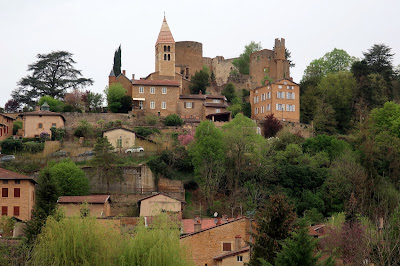The New Forest: Ships, Ponies, and Very Old Trees
The New Forest was set aside by William the Conqueror as a private hunting reserve over 900 years ago. It is now a national park, although it includes villages, areas that are logged commercially, and is grazed by ponies, cattle, pigs, and deer.
Around 5,000 ponies roam freely in the New Forest, and you’ll find them stopping traffic in the middle of the road or sheltering in a residential driveway. Deer roam the grounds of Burley Manor (above).
The New Forest is a mix of open heathland and forest. It provided timber for Britain’s naval shipbuilding, and there are still some lovely old trees to be visited and admired.
The Knightwood Oak, with a circumference of 7.38 metres, is believed to be 600 years old.
“Ancient oaks may be 400 to 800 years old, while beech can reach 300 to 400 years. The most ancient of all are yews, some of which are thought to be over 1,000 years old. Typically, the oldest trees have a great girth, a hollow trunk and a much reduced crown.”
Buckler’s Hard was a self-contained 18th century shipbuilding village on the Beaulieu River. Two long rows of labourer’s cottage lead to the waterfront where the sailing ships of Nelson’s Navy were built.
Lymington, a Georgian market town, lies on the southern edge of the New Forest. It has a harbour for both pleasure craft and ferries sailing to the Isle of Wight.
I was shown around the New Forest by Daren of Dorset Day Trips. I had never taken a private tour before and was very glad I did. We were able to visit far more places than I could ever have reached by public transit, and Daren directed me to sites that I would not otherwise have found.
He knew where we could see the ancient trees and find donkeys, ponies, and deer. He added in coastal viewpoints and a port at my request. Daren is pleasant and personable and we ended the day with a friendly pint of beer. I’m taking a second tour later this week!

















Comments